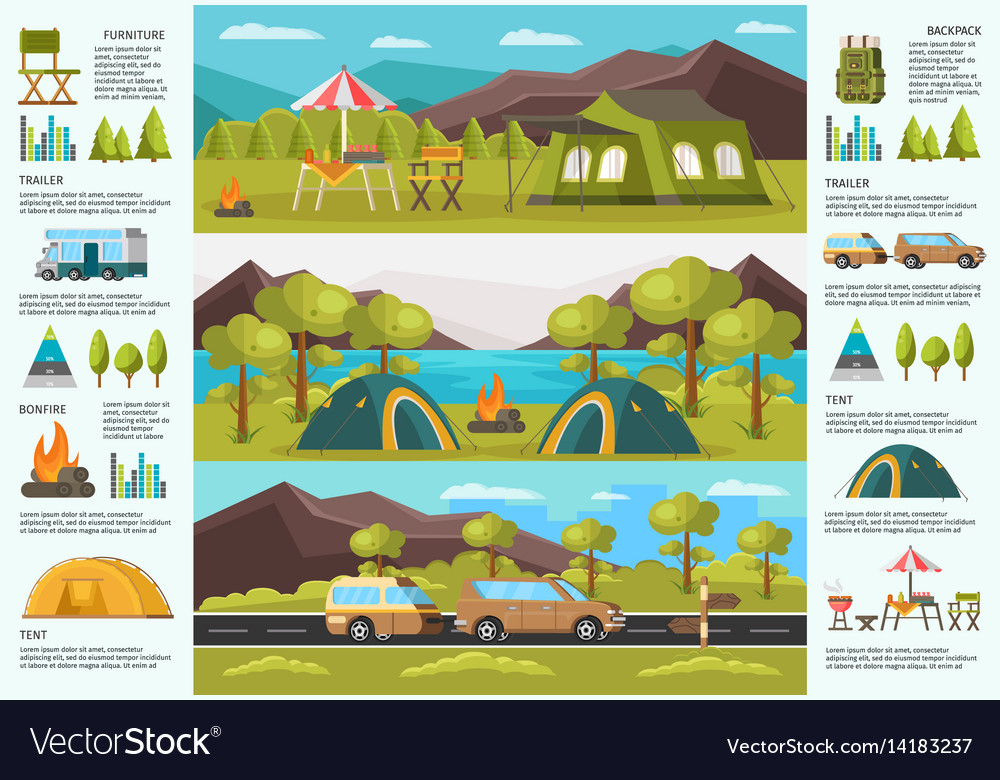Stove jacks are essential to secure camping tent stove usage, keeping cold air, rain, snow, pests and even flammable combustible products out of the camping tent. But, they're not without their risks. Continue reading to learn about typical mistakes campers make when suitable their range jacks, and just how you can avoid them at your camping site.
Product Compatibility
When shopping for a cooktop jack, see to it it is made from heat-safe products. The material utilized to make the jack should also be durable and breathable, which will certainly aid to maintain the camping tent warm and completely dry when it remains in use.
Once you have actually located an oven jack that is compatible with your tent, it's time to decide where you intend to install it. Normally, it's finest to place the cooktop in the facility of the camping tent to help maintain all areas warm and comfortable, however it is necessary to avoid placing it directly up against a camping tent wall surface given that this is a fire threat. Also, consider exactly how simple it will certainly be to reach your oven when refueling and tidying up in the middle of the evening.
Cooktop jacks are pretty simple camping gear, however they are exceptionally vital for securely using a tent cooktop in any kind of weather. By taking the time to pick the right size and appropriately install your stove jack, you'll be ready for a comfortable camping experience!
Oven Pipe Size
The size of your stove pipeline is essential to ensure appropriate venting and to stay clear of a fire risk. A small size pipe will certainly work great in a lot of tents, yet a bigger one should be made use of with a heavier-duty canvas camping tent or a Tipi.
When it comes to figuring out the perfect positioning of your range, the facility of the camping tent is often the very best selection. This will aid keep the whole camping tent cozy while reducing the possibility for smoke to leak around the sides. It also aids avoid warmth from blowing away from the oven and into flammable products like walls or ceilings.
When it involves wall and flooring protection, NFPA needs at least 36" of clearance from combustible wall surfaces. This can be decreased by utilizing a stove guard and a single-wall stovepipe with a shielded thimble (if going into the ceiling, attic room or roofing system). Constantly consult your woodstove manufacturer's proprietor's guidebook for additional information about appropriate installment.
Range Pipeline Size
Apart from not being straight up against the wall surface of the tent (where maybe a fire threat) there isn't really a wrong area for a stove jack. It's just an issue of choice, depending on exactly how very easy it will be to reach for refueling and exactly how close it will certainly be to the entrance of your tent.
Nevertheless, if you mount your pipeline too far out from the oven, cool air and rain will have the ability to blow in around the beyond the pipeline. This isn't perfect, as it will camping tent make beginning your cooktop and keeping a good draft tough.
To identify just how much flue pipe you'll need, determine the range where your outdoor tents's stove will sit to your chimney opening. After that deduct 2 inches because each section of pipe overlaps. The number you get is the amount of pipeline you'll require to acquire. Thankfully, installing range pipes isn't difficult and calls for marginal devices.
